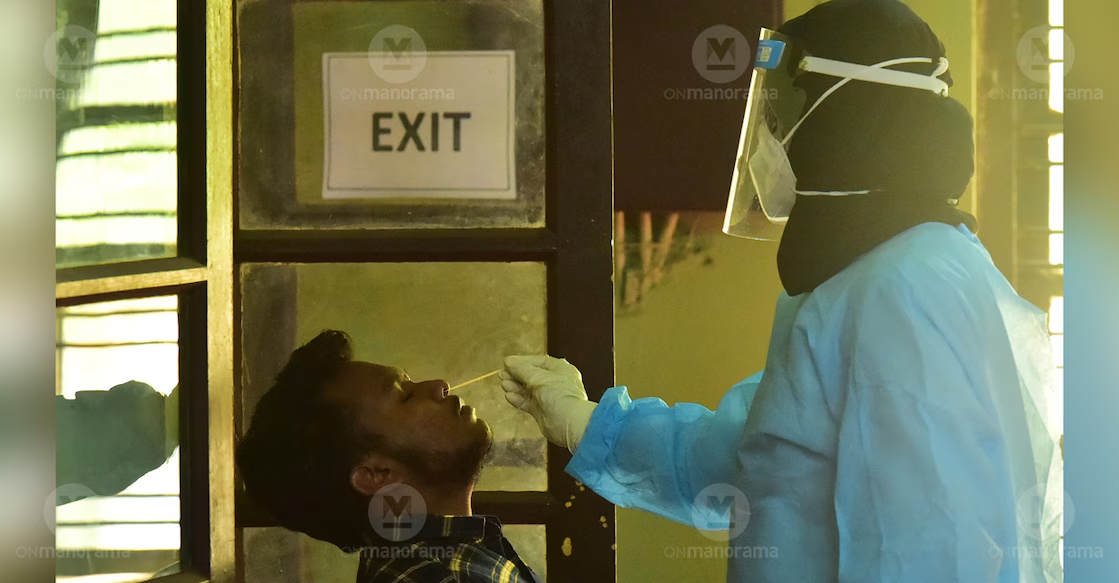Now Reading: Kerala records highest number of COVID cases in India, 2nd state has less than half the number
-
01
Kerala records highest number of COVID cases in India, 2nd state has less than half the number
Kerala records highest number of COVID cases in India, 2nd state has less than half the number

Rising infections in Kerala raise public health concerns as other states see significantly lower numbers
Kerala has once again emerged as the Indian state with the highest number of active COVID-19 cases, even as most of the country continues to report moderate or declining figures. The state’s case count now stands well above the national average, with the second-highest state recording less than half the infections, prompting renewed attention from health officials and the public alike.
Steady Rise in Infections
According to the latest health data, Kerala accounts for the largest share of active COVID-19 cases in India, despite continued vaccination drives and awareness campaigns. Districts like Thiruvananthapuram, Ernakulam, and Kozhikode have reported consistent spikes over the past two weeks.
Health officials attribute the rise to multiple factors, including increased testing, dense population pockets, and potential relaxation of COVID-appropriate behaviour.
Comparison With Other States
What stands out is the stark contrast between Kerala’s numbers and those of other large states. Maharashtra, Karnataka, and Tamil Nadu, which were earlier COVID hotspots, are now reporting significantly fewer cases—in some cases less than half of Kerala’s current numbers.
This discrepancy has drawn attention from central health authorities, who have advised state-specific strategies rather than a one-size-fits-all approach.
Health System Preparedness
While the spike is notable, Kerala’s health infrastructure continues to remain comparatively strong. Hospitals and clinics are equipped to handle mild-to-moderate surges, and telemedicine services have been expanded in semi-urban and rural areas.
However, concerns remain about burdened frontline workers, especially in Tier 2 cities and small towns where resources are more stretched.
Public Advisory and State Response
The state government has issued fresh advisories urging citizens to follow masking norms in crowded places, avoid unnecessary gatherings, and get booster doses where eligible. Schools and public institutions have also been reminded to ensure ventilation and hygiene protocols.
Authorities have ruled out immediate lockdowns but emphasized the need for voluntary compliance to contain further spread.
National Context and Tier 2 Relevance
For residents of Tier 2 cities across India, Kerala’s situation serves as a reminder that complacency can still carry risks. Cities with similar demographics and mobility patterns may need to stay alert, especially during seasonal changes and festival gatherings.
Experts suggest that localized containment, continued vaccination outreach, and public awareness remain key to avoiding another large-scale wave.
Conclusion
Kerala’s rise in COVID-19 cases is a reminder that the pandemic, though controlled, is not entirely over. While most parts of India are seeing a decline, the state’s numbers underline the need for constant vigilance, timely response, and public cooperation. With lessons learned from past waves, a balanced approach blending health precautions and daily normalcy remains the best way forward.

























